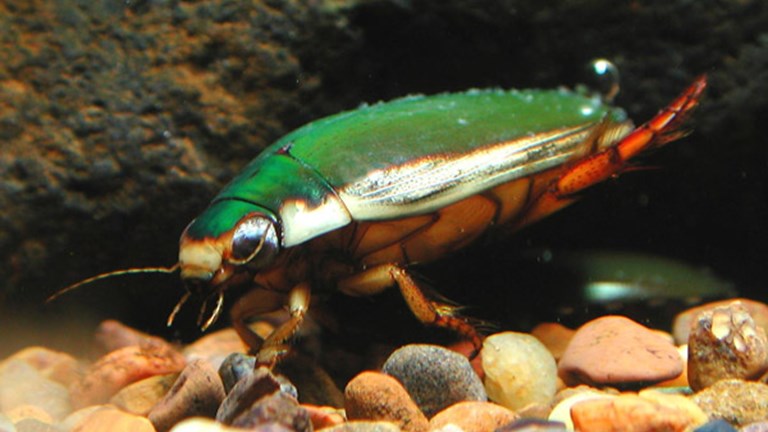
Insects live in different places
The concept of habitat is introduced through analysis of four images of insects living in different places.

The concept of habitat is introduced through analysis of four images of insects living in different places.


What does the thought of picking up a bug do to you? It’s just a day in the life for our Live Exhibits keepers.

Close encounters with Mallee insects.
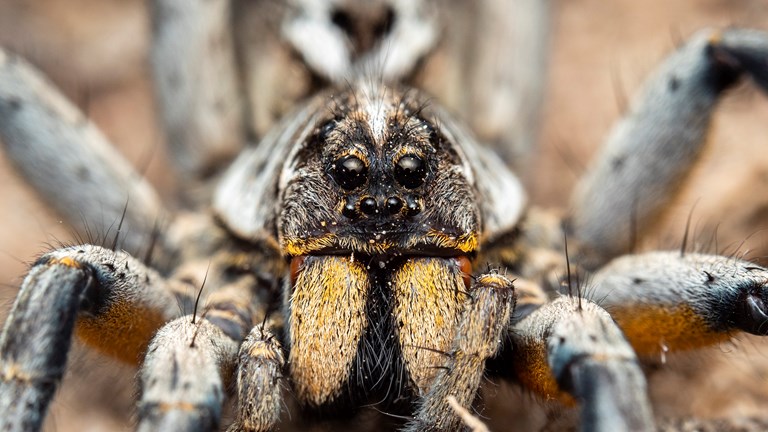
A myth for each leg: from the deadly Daddy Long-legs to swallowing spiders in your sleep.
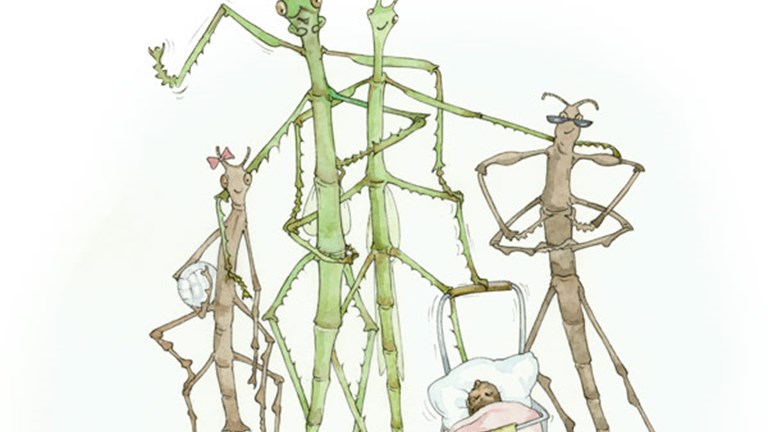
A short story about the lives of stick insects.

A knowledgeable Museum expert will reveal a selection of insects, lizards and snakes from the Museum’s live animal collection.

How do you study a bee so small it can barely be seen?


Join cicada expert and enthusiast, Dr Claire Keely, for a closer look at these fascinating insects.


Both entrances to the Science and Life Gallery create a sense of wonder. From the massive blue whale skeleton in the Main Foyer and Walk to the theatrical display of transformation in the Evolution Gallery, there is definitely something to spark curiosity in your guests.

We rely on bees for so much, but do you know the difference between the iconic European Honey Bee and Australian native bees? And what you can do to help them?
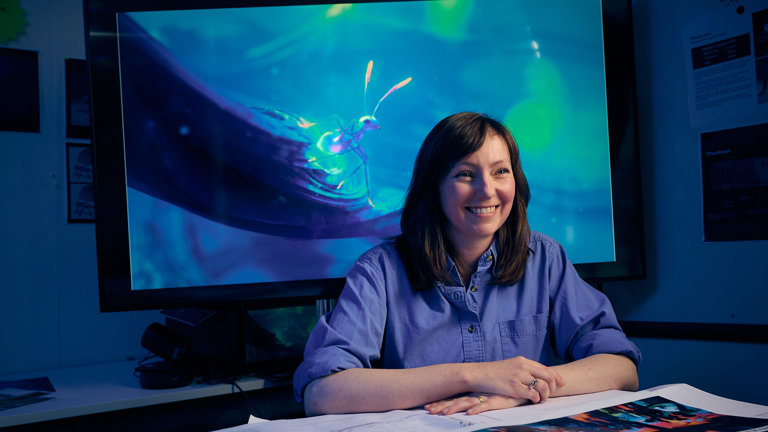
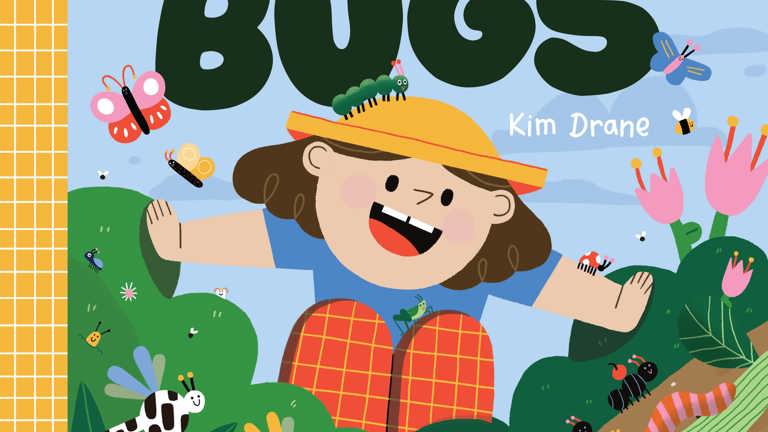
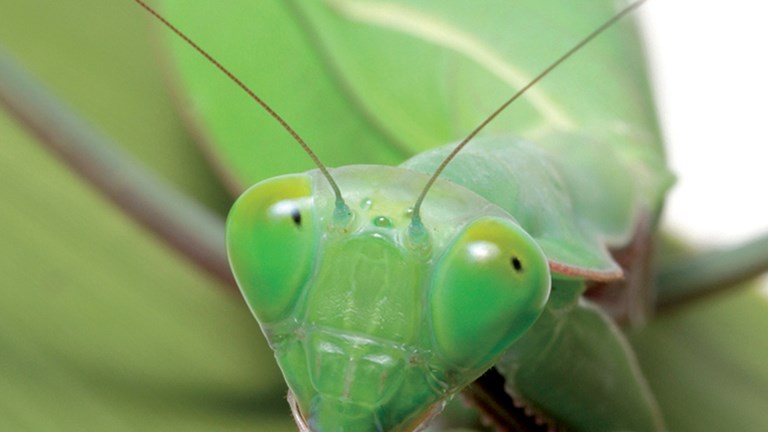

Senior Curator, Entomology

Senior Curator of Entomology
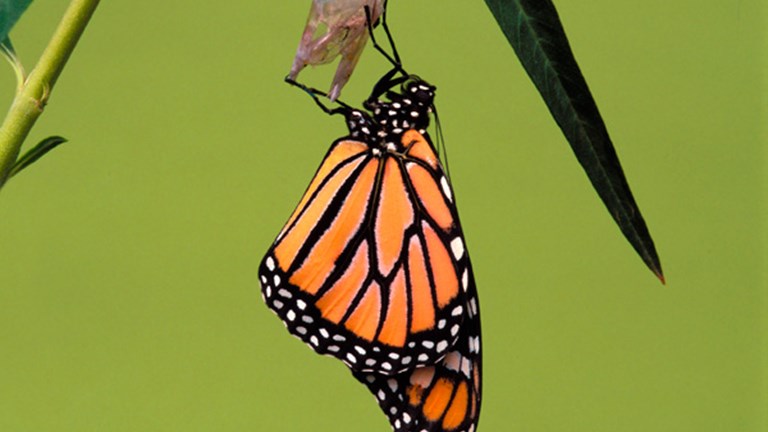
How insects grow and change is investigated through an example of the Wanderer Butterfly life cycle.

At some times in a spider’s life it is easy to tell, but at other times it can be impossible.
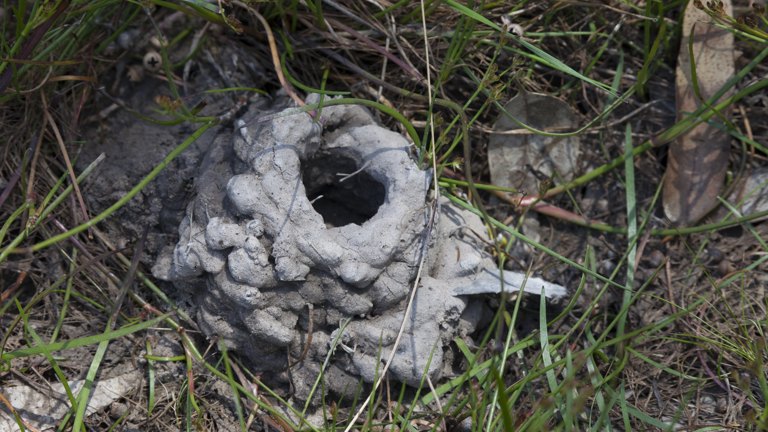
Learn about land crayfish and their burrows.
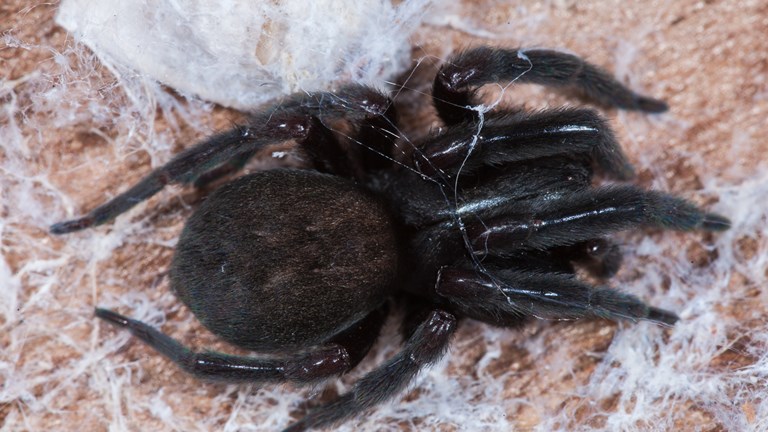
At Museums Victoria we are often asked: “What kind of spider is this? It was in my house! Is it dangerous?”
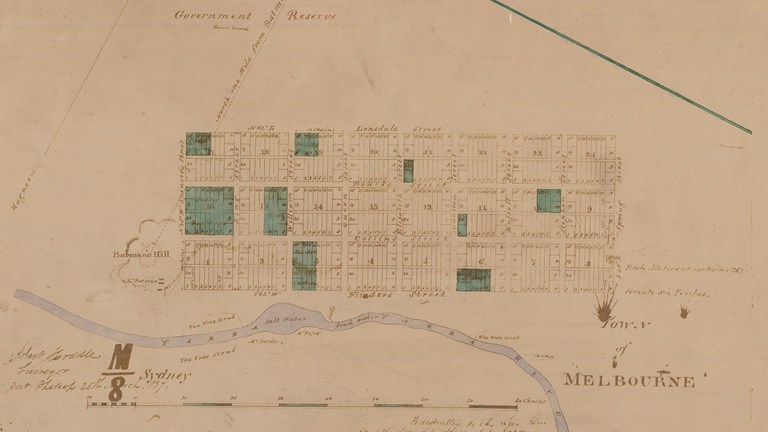
What do Melbourne’s laneways, the Spotswood Pumping Station at Scienceworks, and termite mounds all have in common?
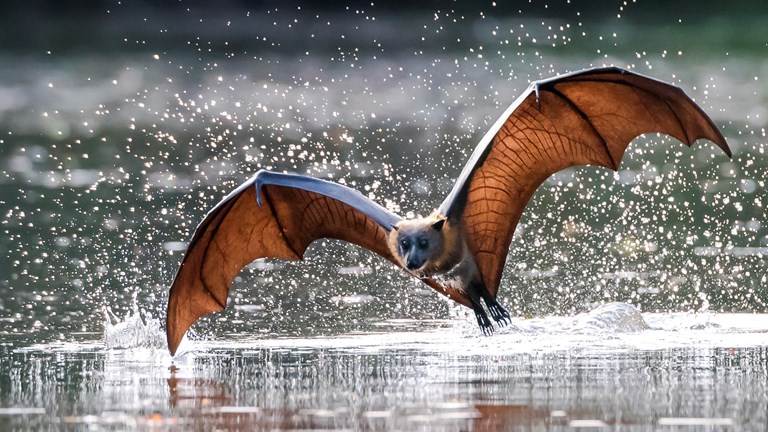
Separating fact from folklore

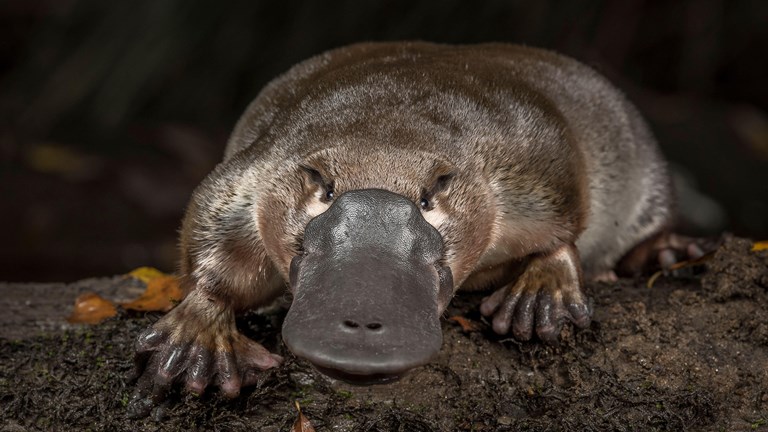
What can we do to help the platypus?

Think you know tigers? What about those found in Australia?
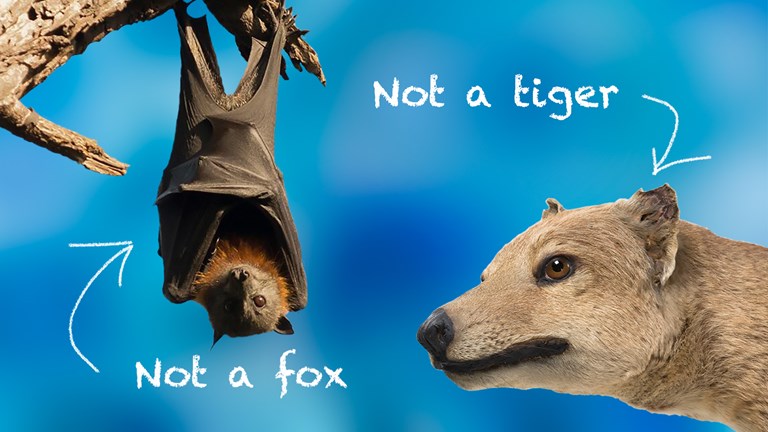
When is a tiger not a cat, a fox not a canine, and a jelly fish not a fish? Unfortunately, more often than you might think.

Counting the feet on these ancient invertebrates.

Apart from their intrinsic right to be here, spiders do humans a power of good as well.
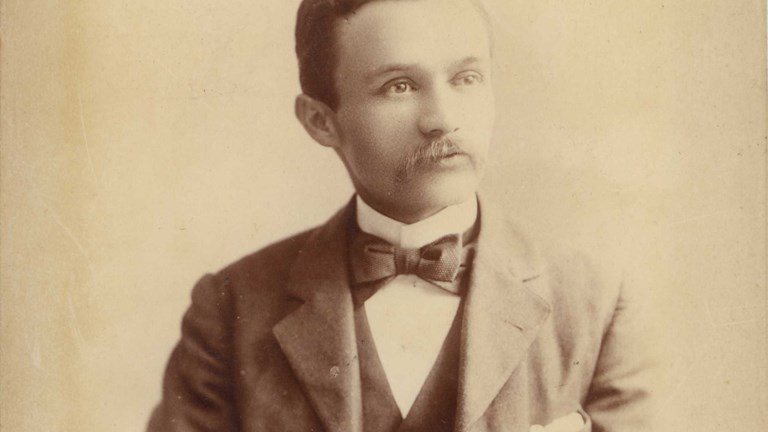
In addition to the development of his moth and butterfly collection, George Lyell’s letters reveal much about his personal relationships.

Unlike their Asian counterparts, Australian orchids like the rosy spider orchid, pictured below, are beautifully understated. Delicate and beautiful, they are not flashy like the orchids available at your local nursery.
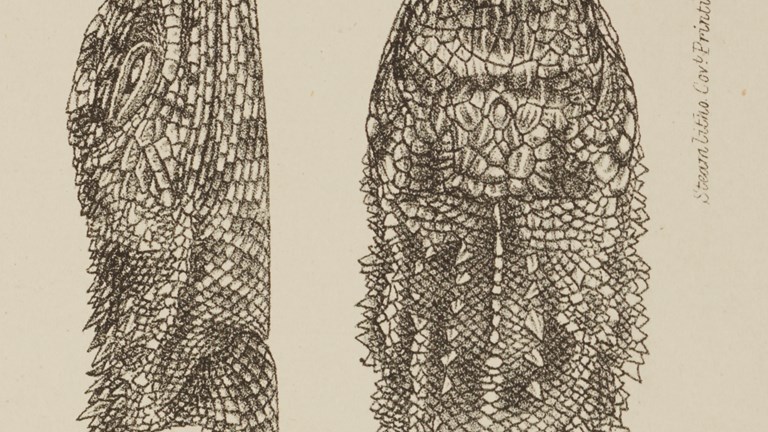
And does this dragon still exist?
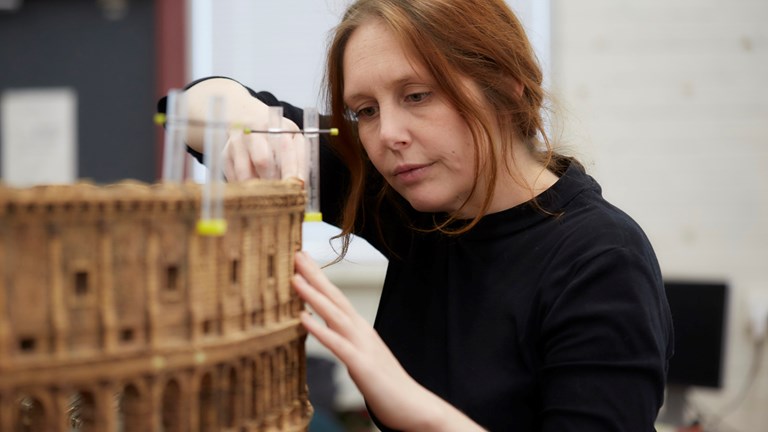
Mini mega creations that need some special care.
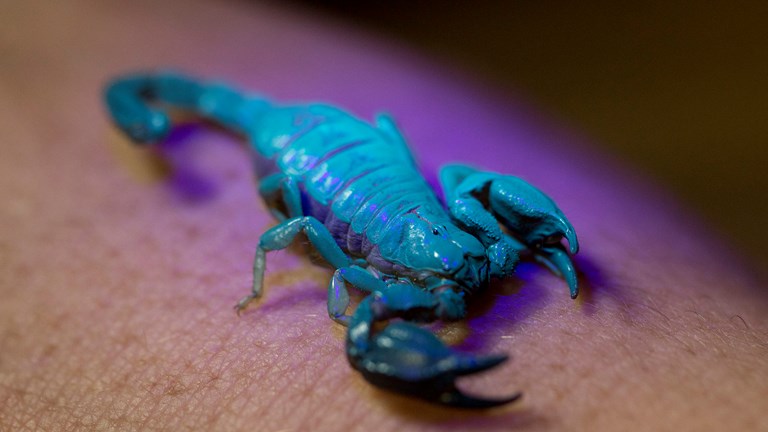
What do a Platypus, a Dragonfish and a Scorpion all have in common?
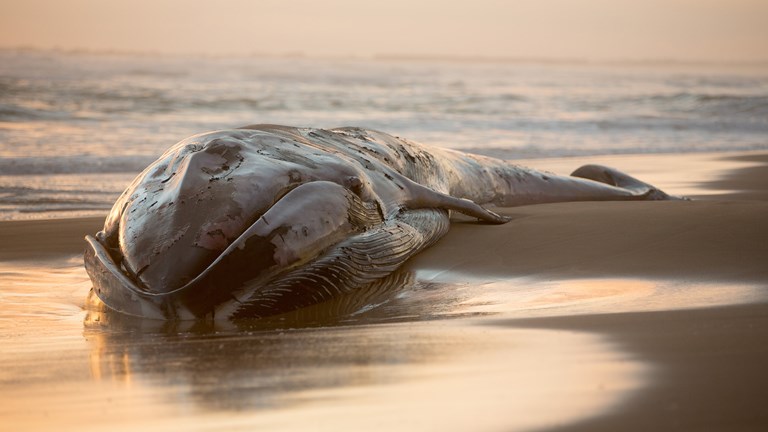
The stranding of a dead whale offers scientists a rare opportunity to study these elusive giants.
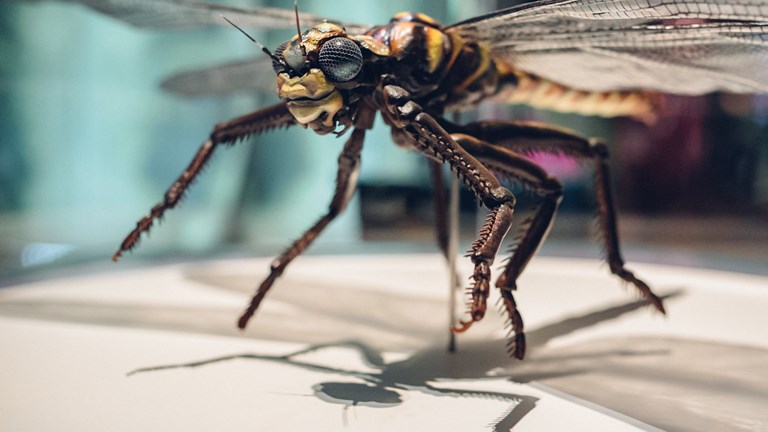
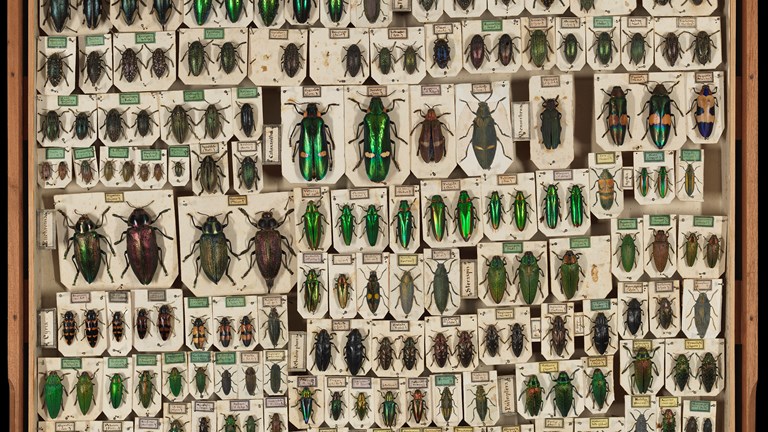

If there’s one place in the world that knows about extinction, it’s a natural history museum.
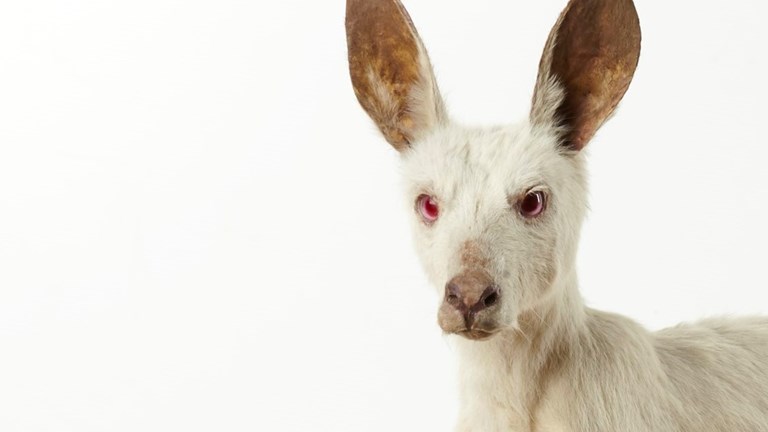
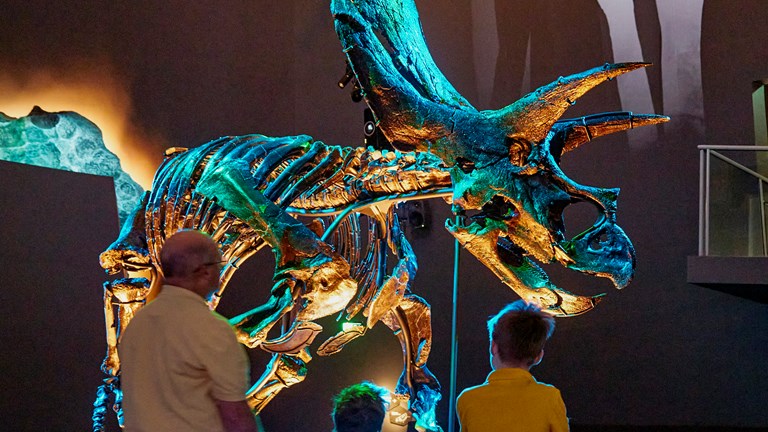
Fossils are the only means we have to study and display ancient animals, but what makes a fossil ‘real’?



Professor Deirdre Coleman, Nik McGrath and Simon Hinkley join Richelle Hunt in the ABC Radio Melbourne Studio.
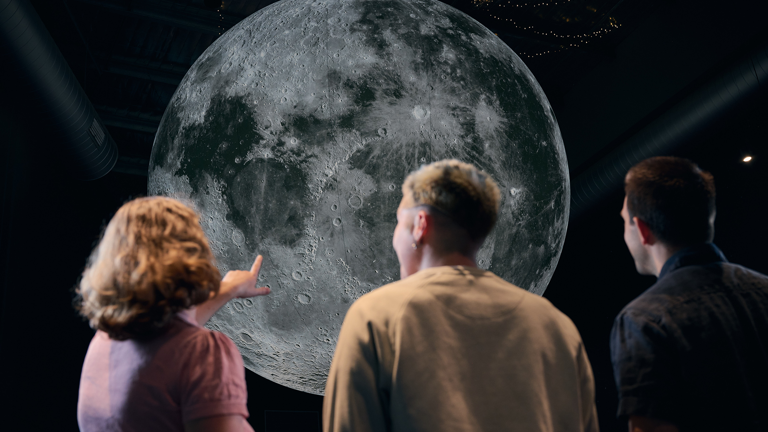
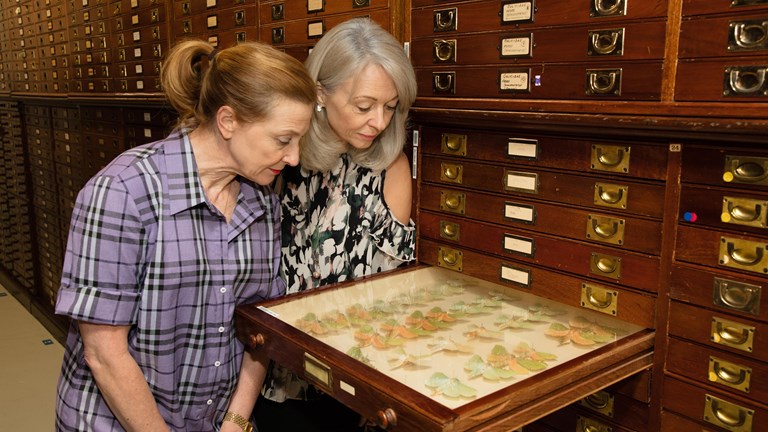
Impact of fires on biodiversity on a scale not seen since species records were first kept. Loss is in the ‘trillions’ of animals due to climate change crisis.

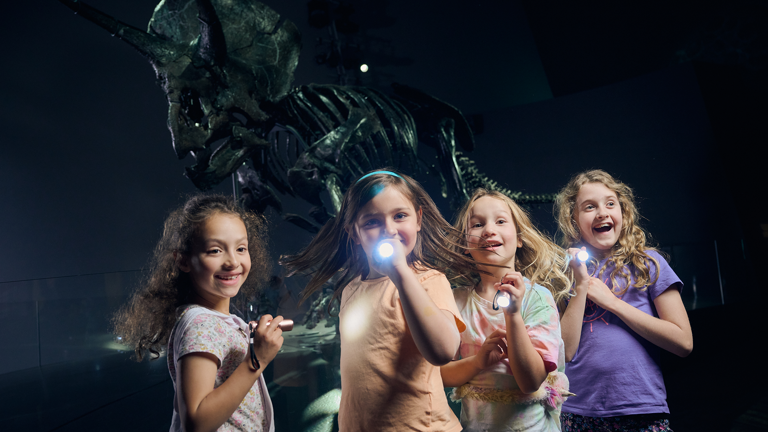
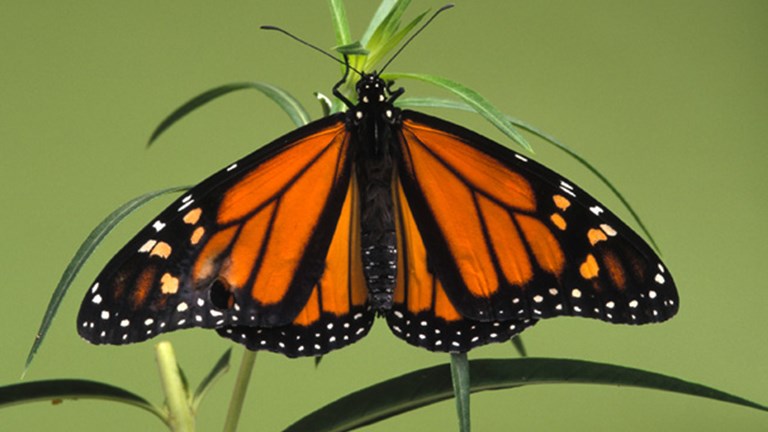
An outline of the resources supporting early years science and support materials for biology, physics and earth and space.
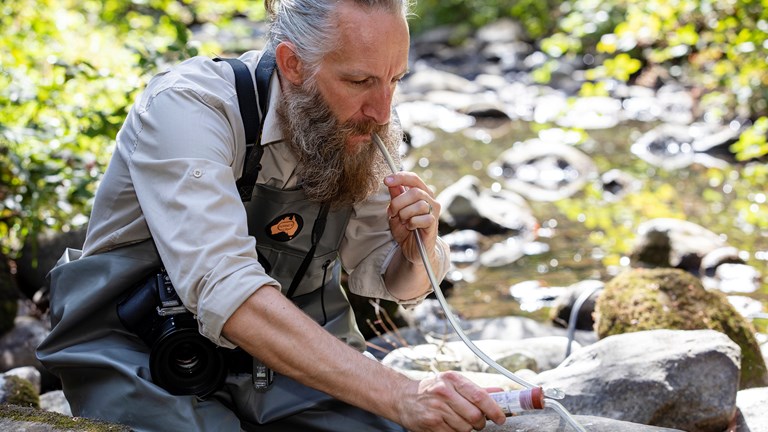
In the past 3-5 years, Museums Victoria scientists and volunteers have conducted vital biodiversity surveys across Victoria that will provide invaluable benchmarks for fire-affected areas.
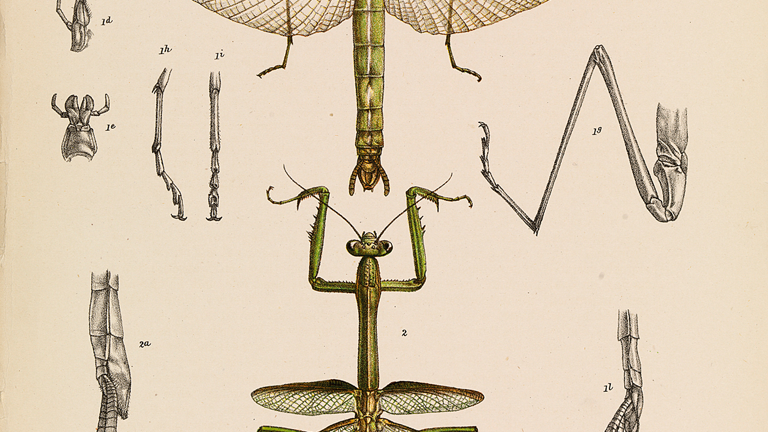

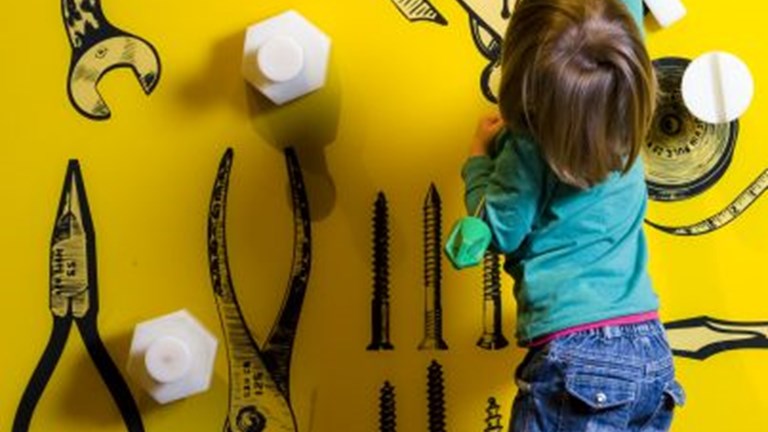
A table mapping student resources against the Australian Curriculum: Science.


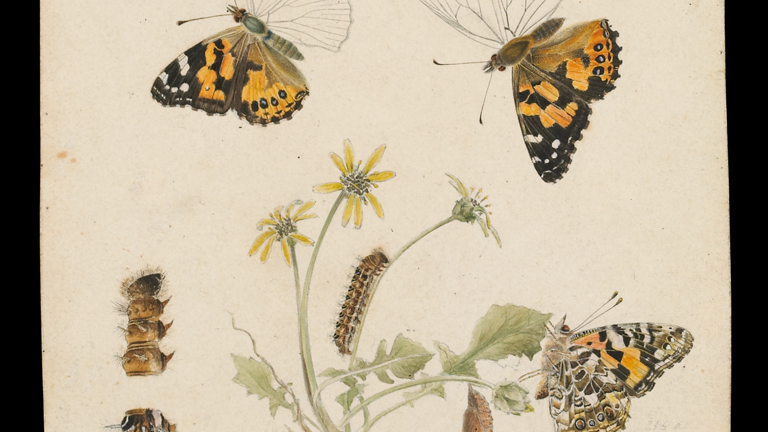




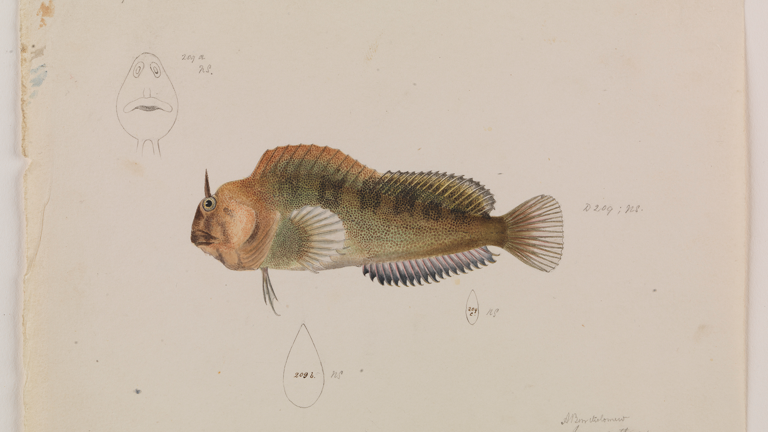


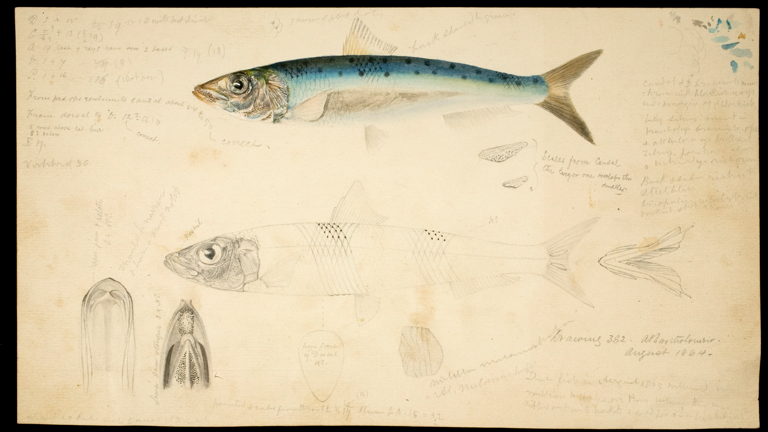








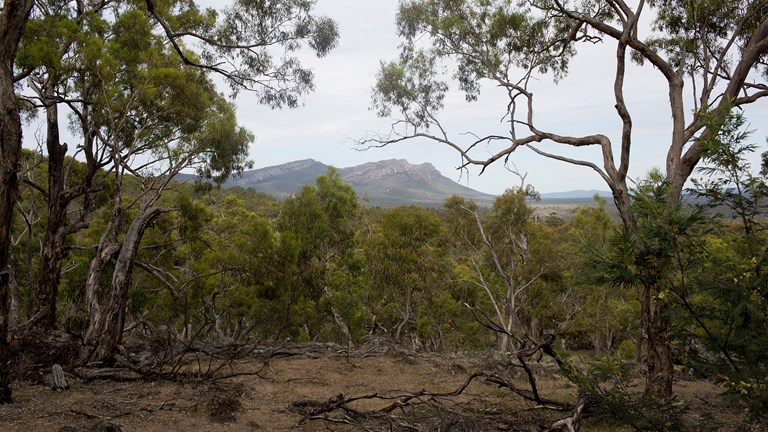
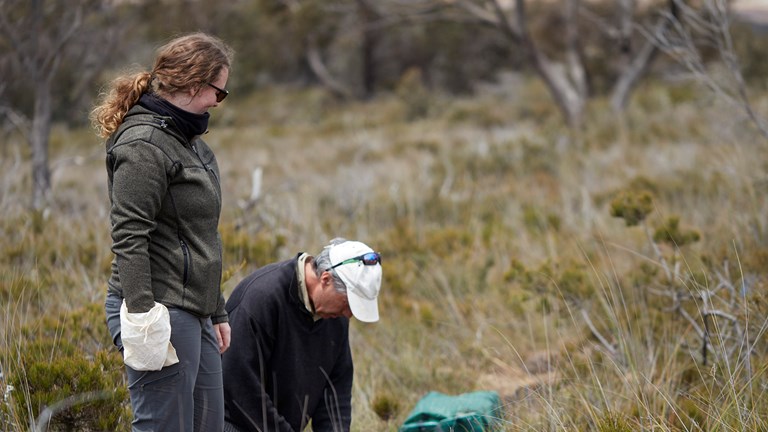

Explore how the smallest creatures make the biggest difference at mealtime.
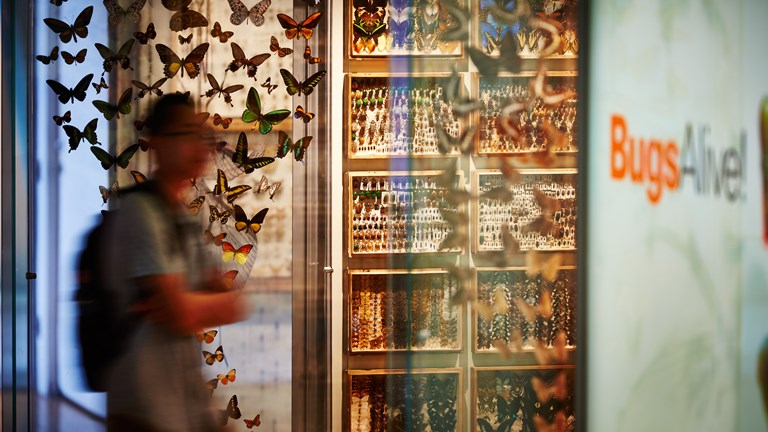
The amazing world of insects and spiders!

In Digital Art Class: Insects AKA Entomology, you'll be drawing inspiration from Museum Victoria’s insect collection. This collection offers a stunning array of shapes, colours, and textures, perfect for artists and nature lovers alike.

Enthral your students with the stunning diversity of bugs! In every habitat on Earth, their features, adaptations and life-cycles will amaze.

Explore the tiny world of mighty bugs – how do they survive and thrive, and why earth just wouldn’t be the same without them!
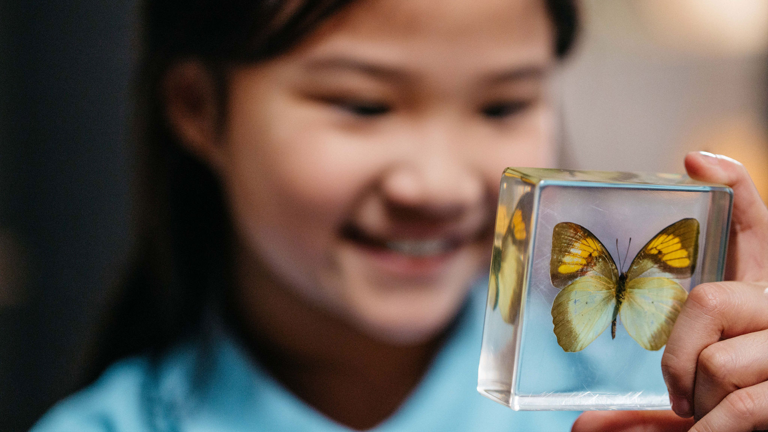
Explore the tiny world of mighty bugs – the important roles they play and how they grow and change throughout their lives.
Museums Victoria acknowledges the Wurundjeri Woi Wurrung and Boon Wurrung Bunurong peoples of the eastern Kulin Nations where we work, and First Peoples across Victoria and Australia.
First Peoples are advised that this site may contain voices, images, and names of people now passed and content of cultural significance.